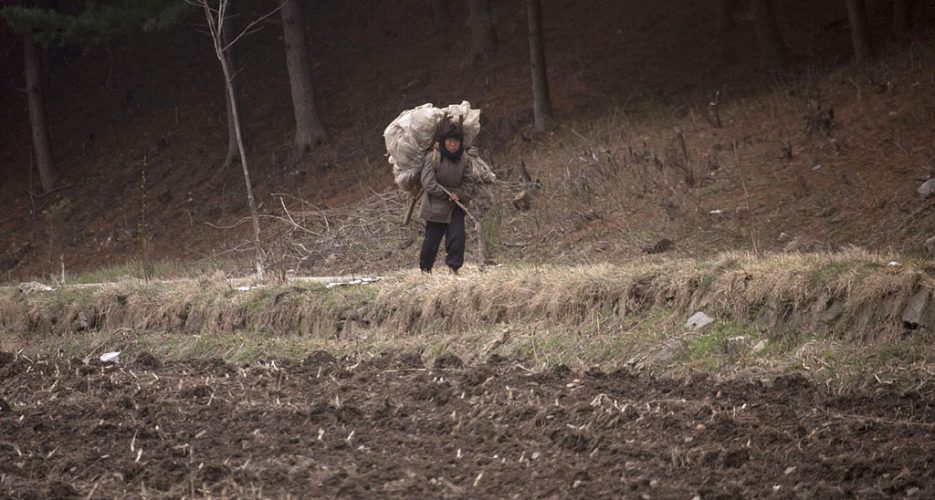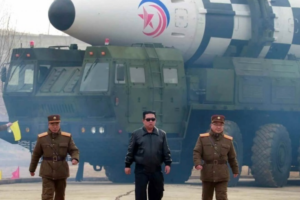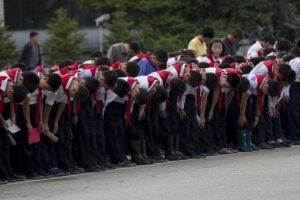It was in the summer of 2007 when I saw the Sino-North Korean border for the first time. I was slightly shocked by what met my eyes: It looked most unlike the state border of a communist country.
Most communist countries, following the old Soviet model, took border security very seriously. They believed that control over information and contact with the outside world was vital for state security, and borders were therefore well-protected by barbed wire, guards and military hardware. No outsiders were permitted to enter such areas, which were usually off limits to commoners of the motherland too.
It was in the summer of 2007 when I saw the Sino-North Korean border for the first time. I was slightly shocked by what met my eyes: It looked most unlike the state border of a communist country.
Most communist countries, following the old Soviet model, took border security very seriously. They believed that control over information and contact with the outside world was vital for state security, and borders were therefore well-protected by barbed wire, guards and military hardware. No outsiders were permitted to enter such areas, which were usually off limits to commoners of the motherland too.
Try unlimited access
Only $1 for four weeks
-
Unlimited access to all of NK News: reporting, investigations, analysis
-
Year-one discount if you continue past $1 trial period
-
The NK News Daily Update, an email newsletter to keep you in the loop
-
Searchable archive of all content, photo galleries, special columns
-
Contact NK News reporters with tips or requests for reporting
Get unlimited access to all NK News content, including original reporting, investigations, and analyses by our team of DPRK experts.
Subscribe
now
All major cards accepted. No commitments – you can cancel any time.










